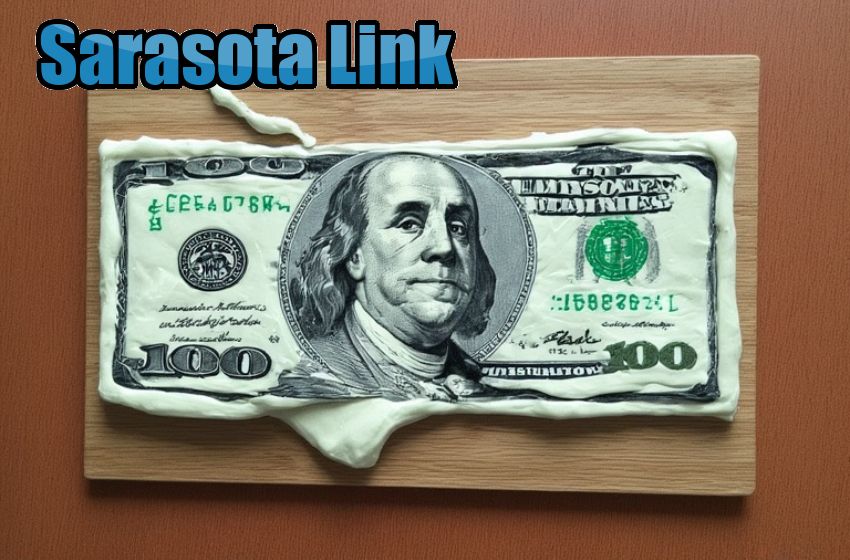Gold Prices Climb Amid New Tariff Announcements

The financial landscape is ever evolving, and right now, one of its most striking developments is the remarkable surge in gold prices. Recently, gold reached an unprecedented trading high of $3,508 an ounce, signaling significant shifts in several fundamental economic factors. As readers of Sarasota Link explore the implications of this milestone, it’s essential to unpack the primary drivers behind this extraordinary price movement.
Inflation Fears: A Driving Force
One of the most significant factors propelling gold prices to record levels is the pervasive concern surrounding inflation. As economies rebound from the pandemic and supply chains become increasingly disrupted, many countries are experiencing rising price levels. Inflation erodes the purchasing power of currency, prompting investors to seek refuge in more stable assets like gold. Traditionally viewed as a hedge against inflation, gold has seen increased demand as investors look to secure their wealth in a volatile economic climate.

The Weak Dollar: An Element of Concern
Another critical factor at play is the weakening of the U.S. dollar. A depreciating dollar can lead to higher gold prices since gold is typically priced in dollars. When the dollar weakens, foreign buyers find it cheaper to purchase gold, boosting demand in international markets. This dynamic creates a self-reinforcing cycle, as increased demand leads to further price hikes. As the dollar continues to struggle, investors may flock to gold for safety, pushing its price even higher.
Geopolitical Instability: A Catalyst for Caution
In addition to economic factors, geopolitical unrest plays a significant role in the rise of gold prices. From rising tensions in various regions to concerns over potential conflicts, uncertainty encourages cautious investment behavior. Gold is often seen as a safe haven in times of crisis, leading investors to pour funds into gold during turbulent times. Recent developments, including [specific geopolitical events], have heightened fears and, consequently, increased demand for gold as a protective measure.
Market Speculation & Investment Trends
The recent record-breaking price can also be attributed to market speculation and shifts in investor sentiment. As gold prices continued to rise, more investors entered the market, encouraging further increases in value. Additionally, trends in Exchange-Traded Funds (ETFs) and other investment vehicles focused on gold have gained traction, allowing investors who might not have considered direct gold purchases to participate in this burgeoning market.
Looking Ahead: The Future of Gold Prices
While the current gold price is staggering, the sustainability of these increases remains in question. Economic indicators such as inflation rates, currency strength, and geopolitical events will continue to influence gold’s appeal. Analysts and economists will keep a close eye on these factors in the coming months to predict whether gold can maintain its upward trajectory or if it will experience a correction.
In conclusion, the soaring price of gold to $3,508 an ounce is not merely a reflection of market speculation. It is a multifaceted phenomenon shaped by inflation fears, a weak dollar, and global uncertainties. For Sarasota Link readers, the importance of understanding these elements cannot be understated, as they navigate their own investment decisions and strategies in this dynamic financial environment. Whether seen as a safe haven or a speculative investment, gold’s significance in today’s economy is undeniable.




